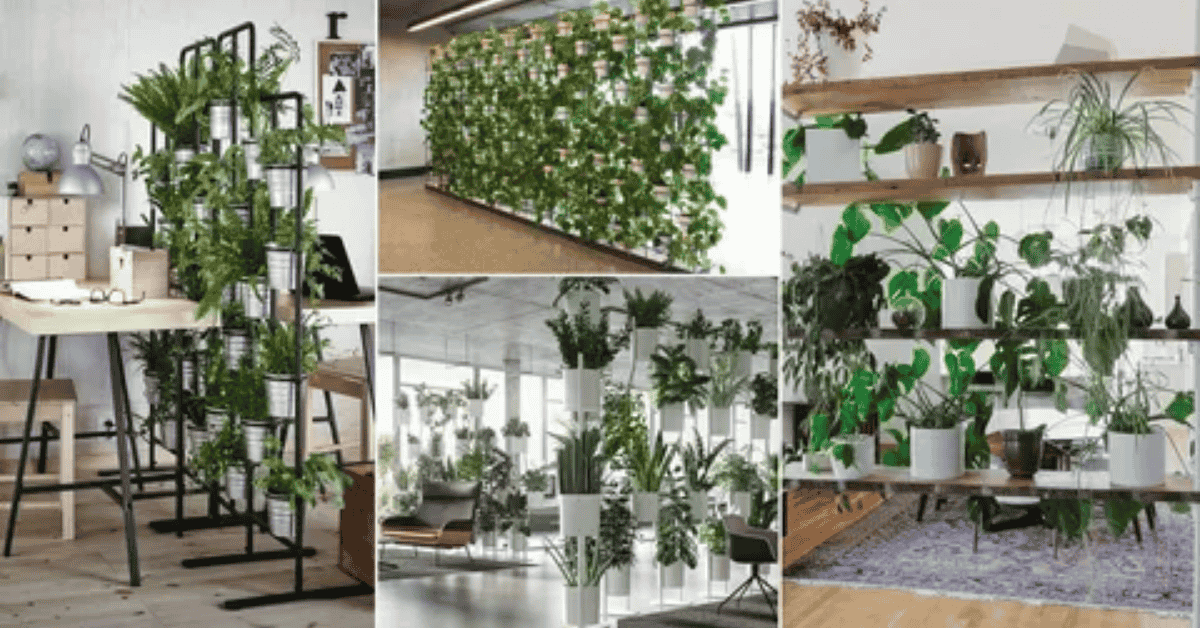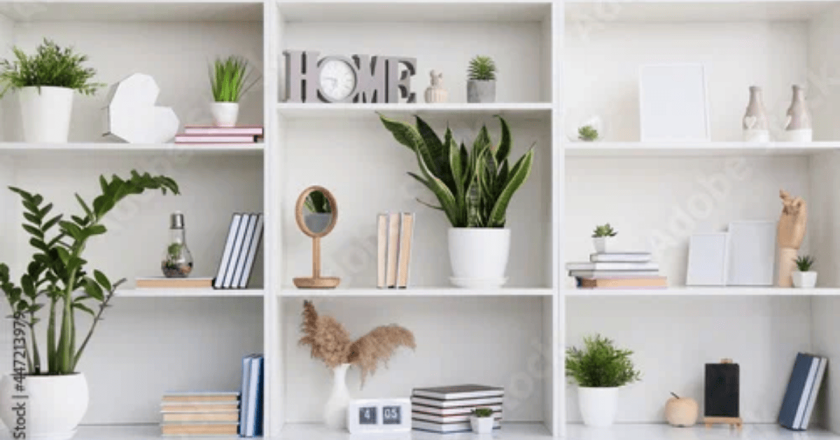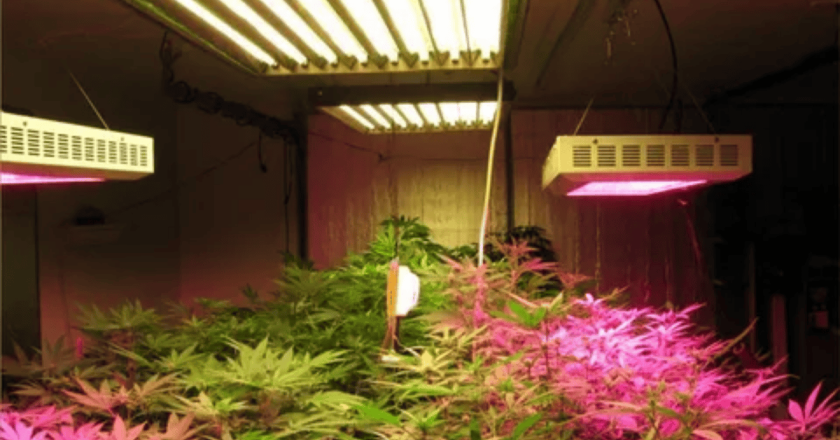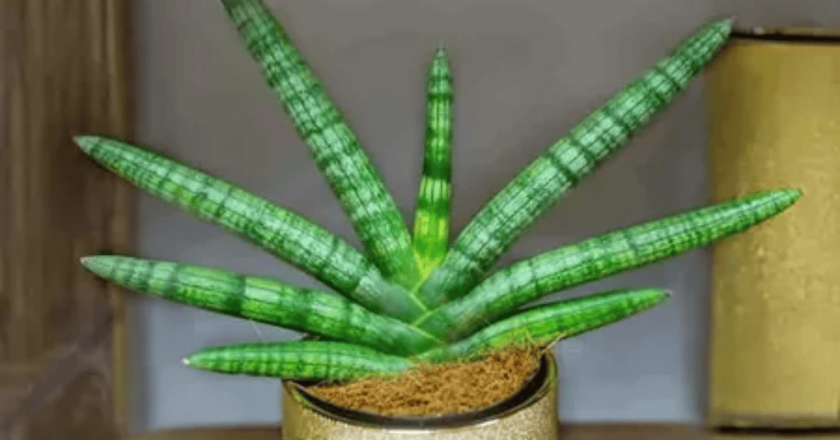There’s something oddly comforting about greenery indoors. It softens corners, it adds life, it shifts the mood of a space. But here’s the thing: plants aren’t just decorative accents anymore. Increasingly, people are using them as Natural Room Dividers, turning what used to be just a pot in the corner into an architectural element of sorts.
That phrase — Natural Room Dividers — sounds fancy, almost like you’d need an interior designer to pull it off. Yet in reality, it’s not all that complicated. Tall leafy plants, climbing varieties, or even compact clusters can stand in for walls. They separate without shutting out. And, honestly, they feel friendlier than a cold partition or a rigid screen.
When I first came across the idea, I wasn’t sure. Could indoor plants really function as room dividers? Or would it just look messy? After trying it myself in a small flat with too few walls, I realised it works far better than expected. It’s not perfect — sometimes the placement feels off, sometimes you need to shuffle pots around — but that’s also part of the charm. Unlike static furniture, plants evolve. They grow, they lean, they change with the seasons.
And that’s the point of this guide. To walk through how plants as dividers can give you privacy, style, and a living backdrop that feels natural rather than forced.
Why Choose Plants as Natural Room Dividers?
The appeal goes beyond aesthetics. Sure, a row of decorative indoor plants looks stylish. But there are deeper, practical benefits:
-
Privacy without heaviness: Privacy plants give you that sense of division without building a wall. They’re breathable.
-
Soften acoustics: Leaves absorb sound. Not completely, but enough to reduce harsh echoes in open spaces.
-
Mood improvement: Numerous studies suggest that greenery improves mental well-being. And let’s be honest, sitting beside a living plant wall feels better than a plasterboard partition.
-
Flexibility: Move them around as your needs change. Unlike built walls, green room partitions are adaptable.
I remember visiting a friend who used a cluster of tall indoor plants to separate her kitchen from her lounge. It wasn’t neat. Some leaves spilt into the walkways. But somehow, it worked — almost like a peace lily thrives in imperfect care routines. Messy but alive.
The Best Tall Indoor Plants for Natural Room Dividers
When you’re considering Natural Room Dividers, height matters. Short plants won’t cut it unless you’re layering many together. Here are a few standouts:
1. Snake Plant (Sansevieria)
The snake plant is almost indestructible. Its upright, sword-like leaves create vertical lines that feel architectural. You can line several pots side by side for an instant stylish plant partition. It doesn’t require much care — perfect if you’re busy. Read more in this Snake Plant Care Guide.
2. Money Tree (Pachira aquatica)
Braided trunks and lush leaves make the money tree a charming option for home décor plants. It’s often associated with luck and prosperity, but even if you don’t believe in that, it still looks fantastic when grouped. Learn how to keep it thriving with the Money Tree Care Guide.
3. Fiddle Leaf Fig
Yes, it’s a bit fussy, but nothing beats its dramatic, oversized leaves. Positioned between spaces, it’s almost sculptural. Not exactly low-maintenance, but worth the effort if you’re drawn to indoor plant design.
4. Areca Palm
This is the classic divider. Airy fronds create movement and lightness. Perfect for plants for open spaces, especially in bright rooms.
5. Oversized Indoor Plants Collection
If you’re unsure where to start, you can explore inspiration from 20 Oversized Indoor Plants. The sheer size of these makes them natural candidates for indoor greenery dividers.
Smaller Plants, Bigger Impact
Not every divider needs towering foliage. Sometimes, space-saving plants clustered on shelves or in tiered stands can create a sense of separation without overwhelming.
For example, a row of hanging pothos above a desk can split a home office nook from the living area. Or you can use shelving units filled with houseplants for separation — think ferns, succulents, or even seasonal picks like Christmas cactus.
It reminds me of walking into cafés where plants spill from every corner. They’re not towering, but the atmosphere is distinctly divided: cozy tables tucked into green alcoves. That’s the kind of subtle magic small plants can create.
Natural Room Dividers in Different Rooms
It’s easy to think of Natural Room Dividers as living room features, but honestly, they adapt to almost any setting.
-
Bedroom: Use a cluster of privacy plants to create a reading nook or to shield a desk from the bed.
-
Bathroom: Yes, really. Certain species thrive in humid conditions. For ideas, check out the 33 Best Plants for Bathrooms.
-
Office: Indoor greenery dividers in workplaces reduce stress and create visual breaks. See examples in the 35 Best Office Plants.
-
Balcony or Terrace: If it’s sheltered, green room partitions outdoors can separate dining from lounging.
It might sound odd, but I once placed a large palm next to my wardrobe. Suddenly, it felt like two spaces: one for clothes, one for sleeping. Strange at first, but effective.
The Role of Living Plant Walls
When people think of Natural Room Dividers, sometimes their mind jumps straight to living plant walls. These are vertical structures where plants grow in mounted pockets or frames. They’re striking, no doubt, and they make excellent stylish plant partitions.
But they can be high-maintenance. Irrigation, light, pruning — it’s not a quick solution. That said, for anyone willing to commit, the results are stunning. A friend once installed one behind his sofa, and it transformed the space. It was less about division and more about creating an immersive green backdrop, like stepping into a different room entirely.
If you’re curious but hesitant, you might start small. Even just mounting a row of hanging plants on a trellis can mimic the feel without the full responsibility.
Caring for Plants That Serve as Dividers
Here’s the catch: when plants act as Natural Room Dividers, they need consistent care. Otherwise, instead of a lush divider, you’ll end up with drooping leaves that scream neglect.
A few basics:
-
Light: Place plants where they’ll receive what they need — bright indirect light for most, low light for some. Peace lilies are a great low-light choice.
-
Water: Overwatering is a common mistake. Sometimes less is more.
-
Grouping: Grouping plants together increases humidity, which helps certain species thrive.
-
Rotation: Plants lean toward light. Rotate pots to keep them growing evenly, especially if they’re functioning as plants as dividers.
For low-effort picks, look at 35 Low-Maintenance Plants. They make reliable Natural Room Dividers because they won’t collapse on you the moment you forget a watering.
A Few Styling Ideas
-
Line them up: Place several matching pots side by side to mimic the feel of a wall.
-
Layered heights: Mix tall indoor plants with shorter varieties for depth.
-
Shelving dividers: Use open shelving filled with home décor plants.
-
Rolling planters: Put large pots on wheels so your indoor plant design can shift as needed.
The fun part is experimenting. I once stacked a few mismatched plant stands to form a jagged “divider.” It wasn’t symmetrical, but the uneven heights gave it character. Much like how low-maintenance outdoor plants are valued for their variety, unevenness indoors can be charming too.
🌿 Key Takeaways
-
Natural Room Dividers give you privacy without the heaviness of walls or screens, and they bring life into any space.
-
Tall indoor plants like snake plants, money trees, and palms are the most effective for creating structure and visual boundaries.
-
Even small or space-saving plants can work — clustering on shelves or tiered stands makes great indoor greenery dividers.
-
Care matters: consistency with watering, light, and rotation keeps your plants looking fresh and functional.
-
Whether you go bold with a living plant wall or subtle with decorative pots, plant partitions can adapt to almost any room.
🌱 Final Thought
At the end of the day, Natural Room Dividers are more than just a design hack. They’re about softening the lines between spaces, about making interiors feel calmer and more alive. The funny thing is, perfection doesn’t matter here. A leaf that droops, a stem that leans too far — those quirks add personality.
When I look back at the first time I used indoor plants to split up a studio flat, it wasn’t flawless. It was a bit messy, even awkward. But it also felt like mine — a lived-in solution that breathed rather than boxed in. And maybe that’s what makes this idea worth trying: it’s practical, yes, but also deeply personal.
🌵 FAQs
1. Which indoor plants are best for small apartments?
Compact varieties like pothos, ferns, and peace lilies work well in tight spaces. They serve as space-saving plants while still acting as subtle green room partitions.
2. Do Natural Room Dividers improve air quality?
Yes, many privacy plants (like snake plants and peace lilies) filter toxins and add humidity. It’s not dramatic, but combined with their visual effect, it’s a real bonus.
3. Can plant partitions replace furniture dividers?
Sometimes. A row of tall indoor plants can function like a bookcase divider, though they’re more flexible and less bulky.
4. How much maintenance do plant dividers require?
It depends on the species. Hardy choices like snake plants or money trees need little. More delicate ones might need extra care, like those listed in the 35 low-maintenance plants guide.
5. Are Natural Room Dividers suitable for offices?
Definitely, stylish plant partitions are great in offices — they reduce visual clutter, boost mood, and can be repositioned as layouts change.




